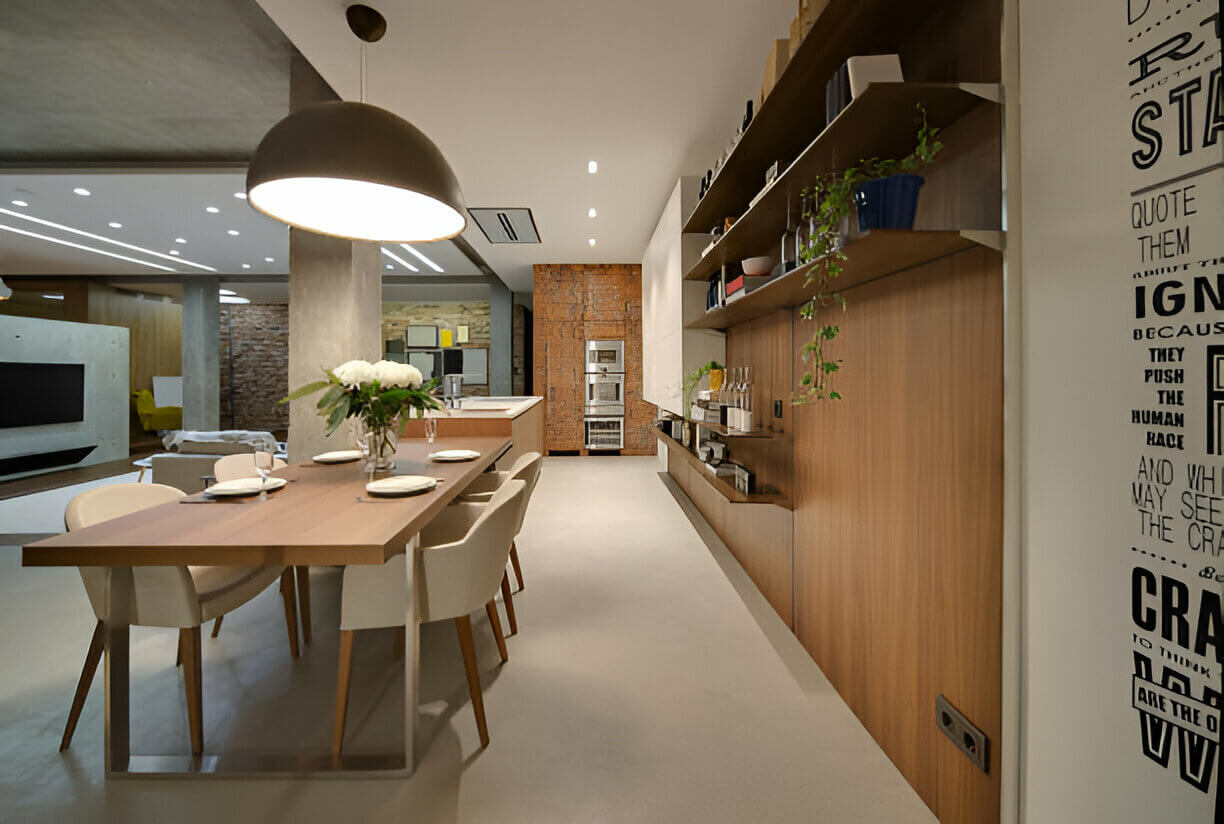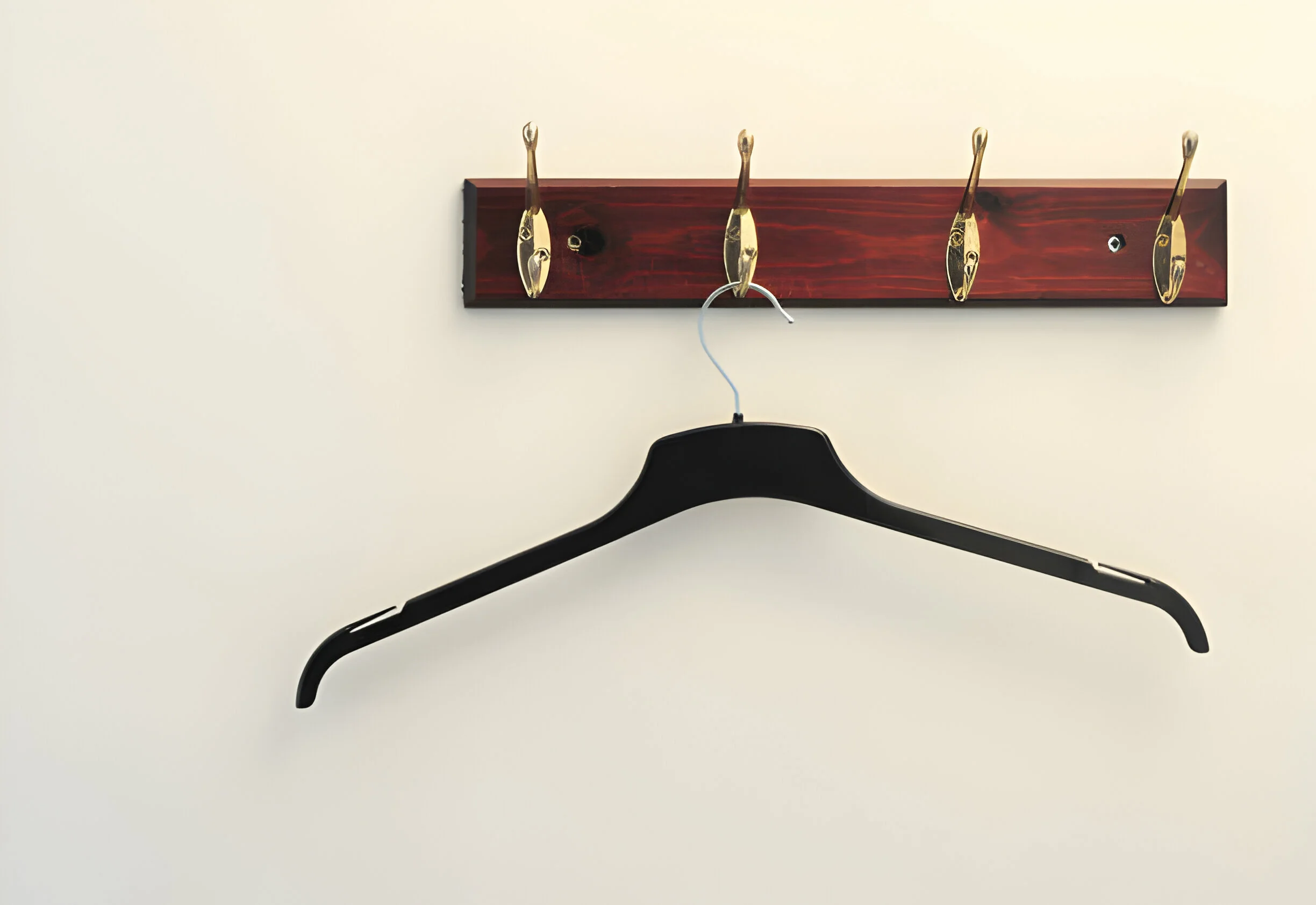Multifunctional furniture has become a game-changer in modern kitchen design, offering space-saving solutions, enhanced functionality, and cost-effectiveness. Whether you have a compact kitchen or a spacious one, integrating versatile pieces can transform your culinary space into a highly efficient and aesthetically pleasing environment. Here’s a comprehensive guide to incorporating multifunctional furniture in your kitchen.

Understanding Multifunctional Furniture
What is Multifunctional Furniture?
Multifunctional furniture refers to pieces designed to serve more than one purpose. These innovative solutions are perfect for maximizing space and improving the functionality of your kitchen. Examples include kitchen islands with built-in storage, foldable dining tables, and seating that doubles as storage.
Benefits of Multifunctional Furniture
- Space-saving solutions: Multifunctional furniture is ideal for small kitchens where every inch counts. By combining several functions into one piece, you free up valuable floor space.
- Enhanced functionality: These pieces are designed to perform multiple roles, making your kitchen more efficient and user-friendly.
- Cost-effectiveness: Investing in multifunctional furniture can be more economical than buying separate items for each function, saving you money in the long run.
Planning Your Kitchen Layout
Assessing Your Space
Before introducing multifunctional furniture, evaluate your kitchen’s size and layout. Identify key areas where these pieces can be most effective. Consider the available floor space, the location of appliances, and how you use different parts of your kitchen.
Functional Zones in the Kitchen
Creating distinct zones for cooking, cleaning, and dining is crucial for an efficient kitchen layout. Multifunctional furniture can help delineate these areas while providing additional utility. For example, a kitchen island can serve as a prep area, dining space, and storage unit, integrating multiple zones into one seamless design.
Choosing the Right Multifunctional Furniture
Kitchen Islands
Sizing: The size of your kitchen island is critical for both functionality and aesthetics. It should be large enough to provide ample workspace and storage but not so big that it overwhelms the kitchen or hinders movement. Ideally, there should be at least four feet of space around the island for easy access.
Appliances and Features: Depending on your needs, kitchen islands can house various appliances such as sinks, microwaves, dishwashers, and even stoves. For simplicity, consider including only essential appliances and using the rest of the space for storage and seating. Adding outlets to the island can be beneficial for using small kitchen appliances or charging devices.
Workflow Considerations: To ensure efficient workflow, position appliances like sinks near dishwashers and ensure there is adequate counter space next to stoves. Following the “working triangle” rule, where key work areas are four to nine feet apart, can help optimize movement and accessibility.
Dining Tables
Convertible Dining Tables: These tables are perfect for kitchens that double as dining areas. Folding or extendable tables can be expanded during meals and folded away to save space when not in use. Look for designs that offer built-in storage for added functionality.
Built-in Storage: Dining tables with integrated storage compartments can keep dining essentials close at hand. This feature is especially useful in small kitchens where additional storage is always needed.
Seating Solutions
Bench Seating: Benches with hidden storage compartments can provide extra seating and a place to store kitchen items like linens, utensils, or small appliances. This dual functionality makes them an excellent addition to any kitchen.
Sofa Beds and Daybeds: These versatile seating options can serve as comfortable seating during the day and transform into a sleeping area for guests at night. They are particularly useful in open-plan kitchen-dining-living areas.
Creative Multifunctional Ideas
Open Shelving
Open shelving is a practical and stylish solution for displaying and storing kitchen essentials. Incorporating open shelves into kitchen islands or walls can make frequently used items easily accessible while adding a decorative element to the kitchen.
Hidden Storage Solutions
Maximizing hidden storage is key to maintaining a clutter-free kitchen. Look for multifunctional furniture with hidden compartments, such as kitchen islands with built-in cabinets or benches with under-seat storage. These solutions keep your kitchen organized and tidy without sacrificing style.
Smart Furniture Choices
Modular Furniture: Modular furniture offers flexibility and customization, allowing you to rearrange and adapt pieces to suit your changing needs. Modular kitchen islands, for example, can be reconfigured to provide additional counter space, storage, or seating as needed.
Convertible Furniture: Furniture that changes form and function, such as tables that convert to desks or beds that fold into walls, provides versatility and maximizes space. These pieces are perfect for small kitchens or open-plan areas where space is at a premium.
Designing for Aesthetics and Functionality
Material Choices
When selecting multifunctional furniture, choose materials that balance durability and style. Combining different materials can add visual interest and contrast to your kitchen. For instance, a kitchen island with a wooden top and metal legs can create a modern yet warm aesthetic.
Color and Texture
Using color and texture strategically can define zones and add personality to your kitchen. Bright colors can make small spaces feel larger, while textured surfaces like wood or stone add depth and interest. Consider using a bold color for your kitchen island to make it a focal point, while keeping the rest of the kitchen neutral.
Practical Tips for Implementation
Budget-Friendly Options
Multifunctional furniture doesn’t have to be expensive. Look for budget-friendly options at thrift stores, online marketplaces, or during sales. DIY projects can also be a cost-effective way to customize existing furniture to meet your multifunctional needs.
Maintenance and Care
To ensure the longevity and usability of your multifunctional furniture, regular maintenance is essential. Follow manufacturer recommendations for cleaning and care, and address any wear and tear promptly. Well-maintained furniture will continue to serve its multifunctional roles effectively for years.
Conclusion
Incorporating multifunctional furniture in your kitchen can transform the space into a highly efficient, versatile, and stylish environment. By carefully planning your layout, choosing the right pieces, and considering both aesthetics and functionality, you can make the most of your kitchen space. Whether you have a small apartment kitchen or a large open-plan area, these tips will help you create a kitchen that meets all your needs and reflects your personal style.




